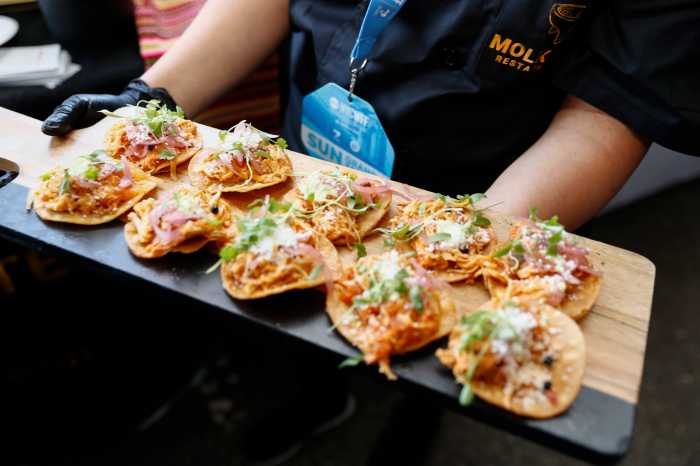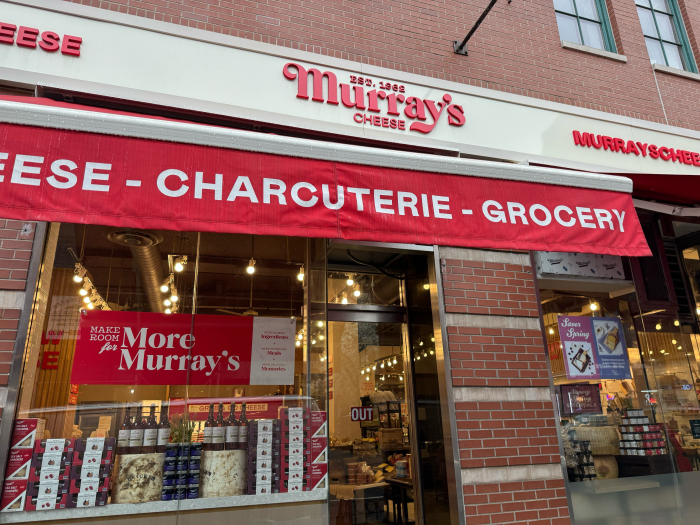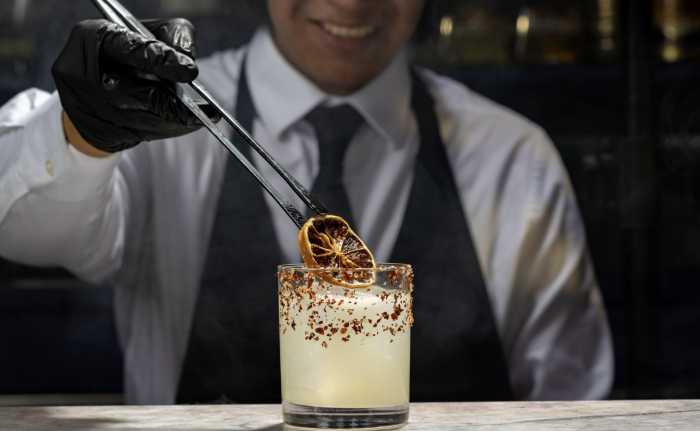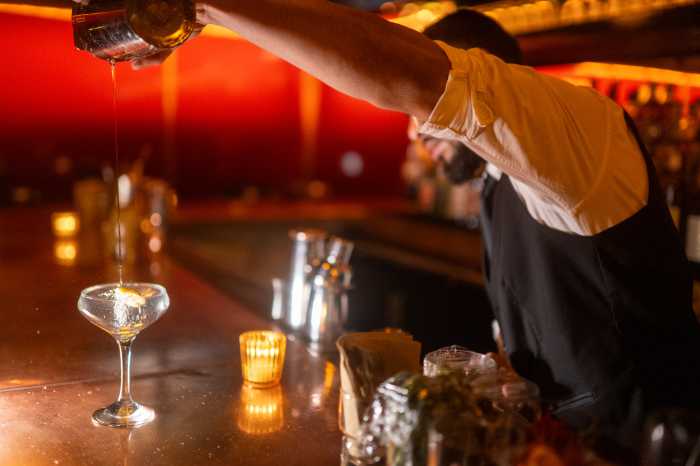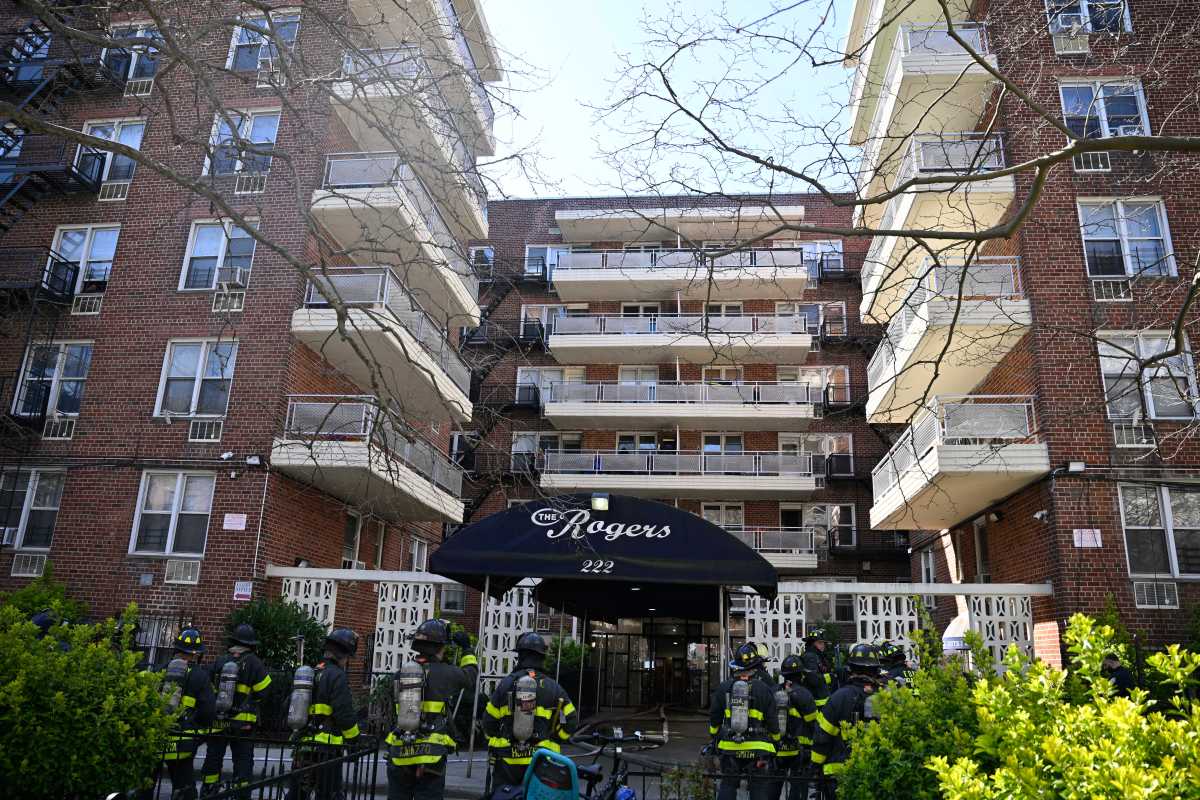
For city dwellers who originally grew up in the suburbs, food courts were a way of adolescent life. And though New Yorkers have undoubtedly upgraded from sipping Icees, eating Orange Chicken and shopping at Hot Topic, there’s still something to be said about having all of those (albeit, very juvenile) needs under one roof.
Enter food halls and marketplaces: something NYC has been perfecting — and updating, like in the case of the new Essex Market — within the past 10 years. They’re similar to a food court, since there are multiple varieties of food and shopping in one location, but this is where the likeness ends, thankfully. Many of the ones in New York that have popped up in recent years also revolve around specific cultures and cuisines, and include both markets for ingredients and multiple restaurant options.
A concept that seemed to begin with Eataly (for Italy, of course) has now grown to include France, multiple choices for Spain, parts of Asia and more. If you haven’t made your way “around the world” via the city’s international marketplaces yet, here’s how to do so:
Eataly
200 5th Ave.
101 Liberty St., floor 3 (4 World Trade Center)
Eataly was born in 2002 when Italian businessman Oscar Farinetti sketched out the original concept of a space to learn about, shop for and most importantly, eat, Italian foods. The original space opened in 2007 in Torino, Italy, and has since expanded to more than 35 locations worldwide, including two in New York City.

With a Flatiron and downtown location, Eataly has become an NYC staple and was arguably the premiere marketplace-cum-restaurant of its kind in the city when it opened in 2010. Guests have the unique opportunity to experience Italian culture through markets, restaurants and educational offerings that explore the best food and beverage options throughout Italy’s 20 regions.
What to Try: At the Flatiron location, head straight past the Lavazza coffee bar near the entrance and instead go a little farther down on the right to the Caffè Vergnano 1882 espresso bar. Native Italians attest this is one of the few places you can get a decent espresso stateside. Get the “ristretto” (literally meaning “short,” therefore having a good crema on top). Il Pastaio, which opened just last year, offers fresh pasta made daily by their pastai (“pasta maker”), who you can watch knead, roll and cut pasta at a table behind the bar. If you’re looking for a comparison of both locations, look no further.

Le District
225 Liberty St. (Brookfield Place)
Started in 2015, Le District offers French “savoir faire” (know-how) in the Financial District. Made up of four “districts” — café, market, restaurant and garden — you can feel like you’re fine dining in Paris, walking through a market in Provence or tasting bubbly in Champagne, depending on what kind of mood you’re in.

What to Try: There are plenty of high-end restaurants in Le District if you want to go the haute route (like Michelin-starred L’Appart, where you can have meat you selected from the market district cooked to perfection), but there are more accessible options that are just as delicious. In the rotisserie section of the Market District, make a Chipotle-like bowl by choosing a base (saffron couscous, garlic potato mousseline or basmati rice) and adding a protein and two sides, with classic French choices like ratatouille, coq au vin and beef bourguignon. Also don’t miss the Bar à Frites—fries with an assortment of sauces—and fresh crêpes in the Café District. Perfect for warm weather, there’s also outdoor seating by the water, and happy hour at Bar à Vin includes $2 oysters and $7 house wines from 4 to 6 p.m.

Despaña
408 Broome St.
Despaña began in 1971 when Marcos Intriago (from the Asturias region of Spain) and his late business partner Jose Pernas (from Galicia) began manufacturing chorizo, following a family recipe from northern Spain. The original chorizo factory and small storefront can still be found in Jackson Heights, Queens. The partners found a customer base as they continued promoting and selling high quality food products from Spain, with the majority of their imported items being sold to chefs, restaurants, catering companies and gourmet stores nationwide.
In 2006, Intriago wanted to make their authentic products more accessible to the general public, so they opened their flagship retail store, Despaña Fine Foods & Tapas Café, in SoHo.

What to Try: Be sure to hit up the incredible tapas selection for lunch. If you ask members of the Soho café team, they would recommend one of the bocadillos (a Spanish “sandwich”). The staff favorite bocadillo (and arguably most popular among customers) is the "Picante,” which boasts Despaña brand chorizo picante, Mahón cheese, Basque guindilla peppers, tomato and aioli. The Spanish frittata with potatoes and onions hits the spot, too.
Don’t miss the drink options as well, from housemade sangria to sparkling cava by the glass. And check out the market — since the company comes from the high-end restaurant background, artisanal products allow you to bring authentic Spanish flavor into your own kitchen. They’re also currently shining a spotlight on the region of Galicia in the store (a beautiful part of northwest Spain — known for its seafood and delicious wines). Through May they’ll be offering a flight of three Albariño wines from Galicia, paired with a plate of pulpo (octopus) or a can of mussels.

Japan Village
934 3rd Ave., Brooklyn (Industry City)
Reforming and reutilizing space is NYC’s jam, and the new Industry City in Brooklyn — which has completely revamped the old manufacturing and warehouse center in Sunset Park — is a prime example. Full of restaurants, breweries and shops, perhaps one of the most exciting additions is Japan Village — NYC’s first Japanese food hall and market. Eleven eateries have offerings from ramen to sushi to korokke (Japanese croquettes), and Sunrise Mart houses a wide variety of imported products as well as Japan Premium Beef butchers and a fresh seafood counter. Stock up on the country’s unique Kit Kat flavors like green tea, strawberry shortcake and more.

What to Try: At Hachi, Japanese comfort food is king. Though it’s a mouthful to say, you won’t have any trouble chowing down on Okonomiyaki, a savory pancake with cabbage and pork, topped with bonito flakes. At Gohei, fresh udon and soba are made on-site for a variety of dishes, and at Obentoyasan, try classic onigiri (seaweed-wrapped rice ball with different ingredients tucked in) or a variety of daily bentos (single-portion takeout meals) like a mouthwatering chicken katsu sandwich.

Mercado Little Spain
10 Hudson Yards
One of the newest additions to the group is Mercado Little Spain from famed Chef José Andrés and his team. Located on its own floor in Hudson Yards, the group wants guests to take a trip to Spain, no passport required. Elements have been opening bit by bit — the Mercado (market) is the main sector, which includes a number of food kiosks including Bocatas (sandwiches) & Empanadas, Bravas (spicy fried potatoes), Cocas (flatbreads), Jamon & Queso (cured meats & cheeses) and much more. There are also three restaurants: Leña, Mar and the Spanish Diner.

What to Try: In the Mercado, for quick bites you have to get the crispy fried churros with a cup of chocolate, traditional empanada de atún (different from the South American fried dough pocket variety, this empanada is more of a baked pie with tuna, from the Galicia region), and a glass of the refreshing horchata de chufa (made with chufa, or nutsedge plant, rather than rice like regular horchata). For more sit-down style, try the very recently opened Spanish Diner, an Iberian twist on the all-American eatery with large portions of Spanish comfort food like gambas al ajillo (garlic shrimp), croquetas de pollo and gazpacho.



